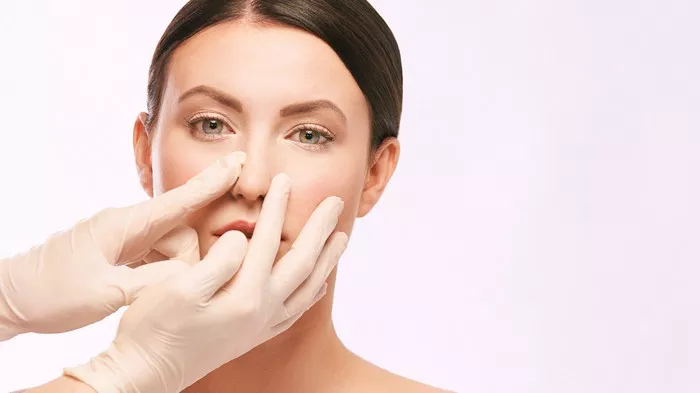Embarking on the transformative journey of a rhinoplasty, commonly known as a nose job, is a decision that often comes with anticipation and excitement for the results. One aspect that individuals keen on undergoing this procedure consider is the aftermath, specifically the duration of bruising. In this comprehensive exploration, we delve into the intricacies of post-rhinoplasty bruising, shedding light on the factors influencing its duration, strategies for managing bruising, and the expected timeline for a return to a bruise-free appearance.
Factors Influencing Bruising Duration
1. Extent of Surgical Manipulation:
The degree of surgical manipulation during a rhinoplasty plays a significant role in determining the extent and duration of bruising. Procedures that involve more extensive alterations, such as significant structural adjustments or cartilage grafting, may lead to more pronounced bruising that takes a longer time to resolve.
2. Individual Healing Responses:
Individual variations in healing responses contribute to the variability in bruising duration. Factors such as genetics, overall health, and lifestyle choices can influence how quickly the body absorbs and eliminates bruising. Some individuals may experience a faster resolution, while others may require more time for the bruises to fade.
3. Surgeon’s Technique and Skill:
The technique employed by the surgeon and their level of skill also impact postoperative bruising. Surgeons using precise and minimally invasive approaches may mitigate the extent of trauma to blood vessels, resulting in less bruising. Choosing an experienced and skilled surgeon can positively influence the overall postoperative experience.
Strategies for Managing Bruising
1. Immediate Postoperative Care:
The immediate postoperative period is crucial for managing bruising. Following the surgeon’s instructions for aftercare, including the application of cold compresses and keeping the head elevated during rest, helps minimize swelling and bruising. Adhering to prescribed medications, such as arnica or bromelain, can also contribute to reducing bruising.
2. Avoidance of Blood Thinners:
Certain medications and substances, such as aspirin and non-steroidal anti-inflammatory drugs (NSAIDs), act as blood thinners and can exacerbate bruising. Patients are typically advised to avoid these substances in the weeks leading up to and following the surgery to optimize the body’s natural clotting mechanisms.
3. Arnica and Bromelain Supplements:
Arnica and bromelain, natural supplements known for their anti-inflammatory properties, are often recommended to reduce bruising and swelling. While scientific evidence on their efficacy is mixed, many patients report subjective improvements when incorporating these supplements into their postoperative routine.
Expected Timeline for Bruise Resolution
1. Days 1-2: Immediate Postoperative Period:
In the immediate postoperative period, patients can expect to see significant bruising around the eyes and possibly extending to the cheeks. The use of cold compresses and prescribed medications aids in minimizing the initial bruising.
2. Week 1: Transitioning Towards Subtlety:
As the first week unfolds, bruising typically reaches its peak and then gradually starts to subside. Patients may experience a spectrum of colors, from deep purples to greens and yellows, as the body processes and eliminates the blood associated with bruising.
3. Weeks 2-3: Substantial Improvement:
Weeks two and three post-rhinoplasty mark a period of substantial improvement. The majority of bruising is expected to resolve during this time, and patients often find that they can comfortably return to their regular activities without significant signs of bruising.
4. Months 1-3: Finalizing the Healing Process:
The final phase of bruise resolution occurs within the first three months post-surgery. Any residual discoloration or subtle traces of bruising should fade completely, revealing the final aesthetic outcomes of the rhinoplasty.
Conclusion
In conclusion, understanding how long bruising lasts after a nose job involves recognizing the interplay of various factors, from the surgical approach to individual healing responses. By implementing strategies for managing bruising and having realistic expectations about the timeline for resolution, individuals can navigate the bruising journey with confidence. As the spectrum of colors transforms and fades, patients can embrace the transformative results of their rhinoplasty, revealing a harmonious and aesthetically pleasing nasal appearance.


